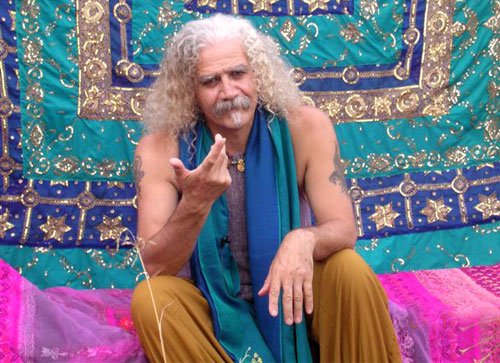

In 1977 he left Iran, traveled to India for study, and later emigrated to Europe.Īfter his life and creative work in India, where he stayed for a long time, he discovered the island of Ibiza in Spain in 2003. At the age of 13, he learned to play the Persian string instrument the santur and soon began to perform several shows in his home town. For more guidance, see Wikipedia:Translation.Īs a child he heard the old Sufi melodies, which now form the source of inspiration for his music.You should also add the template to the talk page.A model attribution edit summary is Content in this edit is translated from the existing German Wikipedia article at ] see its history for attribution. You must provide copyright attribution in the edit summary accompanying your translation by providing an interlanguage link to the source of your translation.If possible, verify the text with references provided in the foreign-language article. Do not translate text that appears unreliable or low-quality.Consider adding a topic to this template: there are already 7,002 articles in the main category, and specifying |topic= will aid in categorization.Machine translation like DeepL or Google Translate is a useful starting point for translations, but translators must revise errors as necessary and confirm that the translation is accurate, rather than simply copy-pasting machine-translated text into the English Wikipedia.View a machine-translated version of the German article.2007: Master & Disciple (feat.Bashir), Blue Flame Records.2004: Call of the Mystic (with Maneesh de Moor), Blue Flame Records.The fusion between spirituality and meditative rhythms, combined with traditional Persian instruments such as Santoor, have a hypnotic effect. His music is a special combination between the ancient and the traditional, a combination of Sufi spiritual poetry with modern and technical rhythms that invite you to meditate.

Soon afterwards, he began to sing along with his music, which had previously been instrumental: he often quotes poems and wisdom from mystical poets like Rumi. In addition to the santur, he began to play the Persian setar and the nay, a Persian bamboo flute. What is special about his music is that he casts old songs in a new form and through this fusion creates a meditative, musical era.īahram's instrument is the Persian santur, a traditional stringed instrument that is said to be capable of creating the sound of emptiness.


There he met many other musicians, DJs and producers who inspired him to expand his style.īy making music for hikers from different cultures, he has changed his style, which was shaped by traditional Persian music, several times and thus found his own style. In 1977 he left Persia, traveled to India for study purposes and later emigrated to Europe.Īfter living and creative work in India, where he stayed for a long time, he discovered the island of Ibiza in Spain in 2003. At the age of 13 he learned to play the Persian string instrument santoor and soon afterwards began performing at several performances in his hometown. As a child he heard the old Sufi melodies, which are the source of inspiration for his music today.


 0 kommentar(er)
0 kommentar(er)
